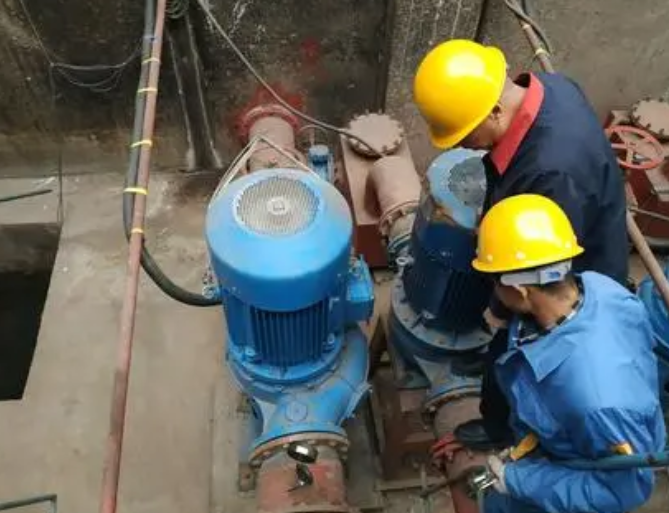Sewage pump operating environment inspection
The operating environment inspection of the sewage pump is an important part to ensure its stable and efficient operation. The following is a detailed explanation of the sewage pump operating environment inspection:
1. Ambient temperature, humidity and ventilation conditions
Temperature inspection:
Ensure that the operating environment temperature of the sewage pump is within the appropriate range. Generally, the operating temperature of the sewage treatment pump is generally 0℃-40℃, and the operating environment temperature range of special models such as the WQ submersible sewage and sewage submersible electric pump is -25℃ to 45℃ (different models may vary, please refer to the equipment manual for details). Special attention should be paid in cold climates to avoid freezing of the pump body or being affected by low temperatures.
Humidity inspection:
The humidity of the sewage pump operating environment should be controlled within a reasonable range, generally not exceeding 85%. Too high or too low humidity may affect the normal operation of the pump and the safety of the electrical system.
Ventilation conditions:
Check the ventilation of the pump room or operating environment to ensure good ventilation to ensure the oxygen supply and heat dissipation of the sewage pump during operation. Poor ventilation may cause the pump body to overheat and affect its service life.
2. Medium and corrosive inspection
Medium inspection:
Confirm whether the medium transported by the sewage pump meets the design requirements. Different types of sewage pumps have different adaptability to media. For example, the WQ submersible sewage and dirt submersible electric pump is suitable for conveying all media except those containing a small amount of fine particles.
Corrosiveness inspection:
Check whether the medium is corrosive, and whether the pump body, pipeline and other components have taken corresponding anti-corrosion measures. Corrosive media will accelerate the wear and damage of the pump body and its components, and reduce the service life.
3. Installation and fixing inspection
Installation position:
Check whether the installation position of the sewage pump is reasonable, and avoid installing it in a humid, water-prone or externally impacted place. At the same time, ensure that the pump foot is firmly installed on the ground to prevent the pump body from shaking or shifting during operation.
Fixation and connection:
Check the fixing of the pump body and its components to ensure that each connection part is tightened and reliable. Pay special attention to the electrical connection part to prevent electrical failures caused by looseness or poor contact.
4. Safety protection and emergency preparation
Safety protection:
Check whether the safety protection facilities in the pump room or operating environment are complete and effective, such as safety valves, pressure gauges, leakage protectors, etc. At the same time, ensure that the operator is familiar with the safety operating procedures and emergency treatment measures of the equipment.
Emergency preparedness:
Develop a comprehensive emergency plan, including response measures for emergencies such as equipment failure and media leakage. Organize emergency drills regularly to improve the emergency response capabilities of operators.

The operating environment inspection of the sewage pump involves many aspects. Through a comprehensive operating environment inspection, potential safety hazards can be discovered and eliminated in a timely manner to ensure the stable and efficient operation of the sewage pump.




